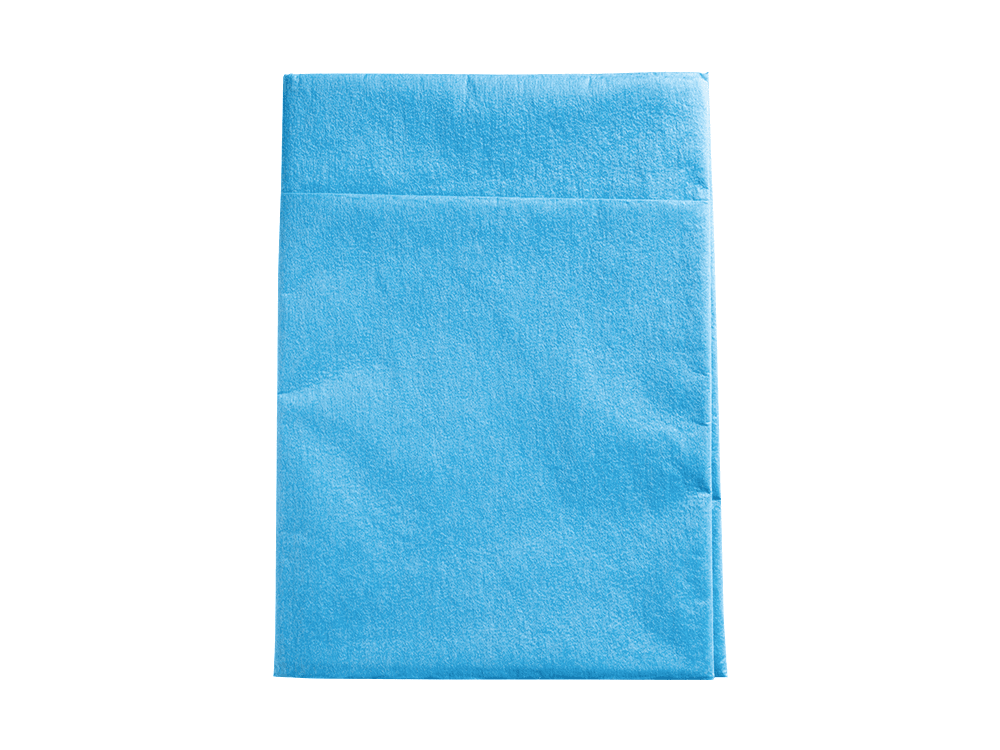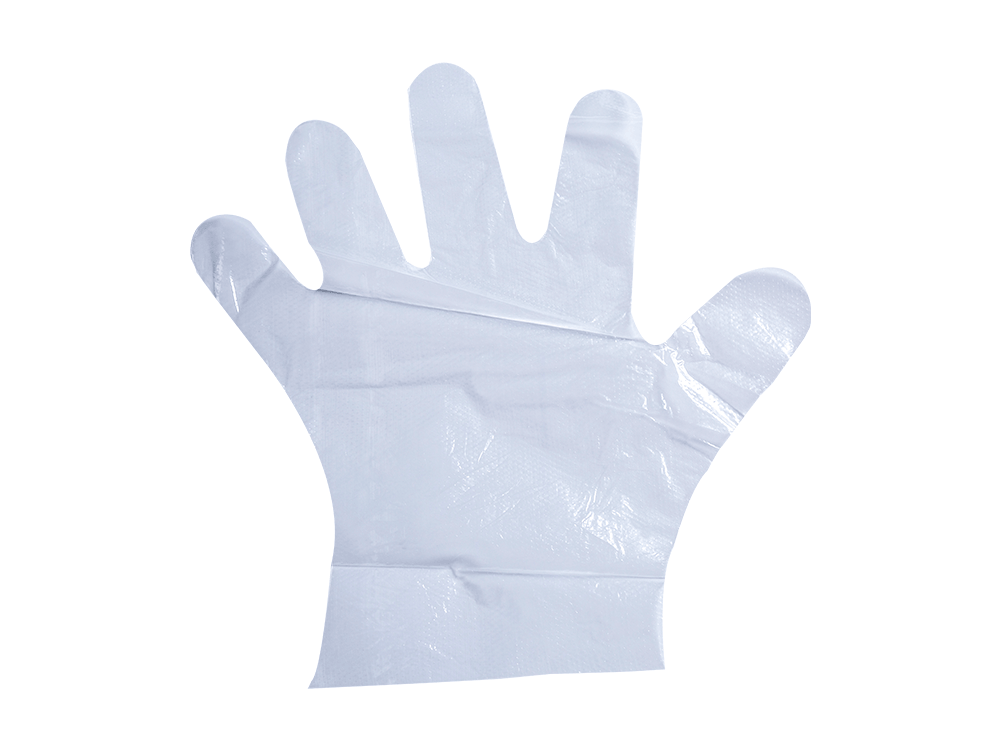Maintaining the sterility and integrity of CPE (Chlorinated Polyethylene) gloves during production, packaging, and until they are used involves adherence to specific measures and quality control processes. Here are key measures typically taken to ensure the sterility and integrity of CPE gloves:
Clean Manufacturing Environment:
CPE gloves are usually manufactured in clean and controlled environments to minimize the risk of contamination. Cleanrooms or controlled production areas with regulated air quality are often employed to prevent the introduction of particles or microorganisms during the manufacturing process.
Quality Assurance and Control:
Manufacturers implement stringent quality assurance and control measures throughout the production process. This includes regular monitoring of raw materials, equipment, and personnel to ensure compliance with established standards.
Use of Sterile Raw Materials:
The raw materials used in CPE glove production, such as resins and additives, are expected to be sterile. Ensuring the sterility of these materials at the outset is crucial to prevent contamination during glove manufacturing.
Glove Molding and Formation:
Molding and forming the gloves are critical steps in maintaining product integrity. Properly maintained molds, controlled temperatures, and precise manufacturing processes help create gloves with consistent quality and minimal defects.
Quality Inspection and Testing:
CPE gloves undergo thorough quality inspection and testing at various stages of production. This may include visual inspections, leak testing, and other quality control measures to identify and reject defective gloves.
Sterilization (if applicable):
Some gloves, particularly those used in medical or sterile applications, may undergo a sterilization process to ensure they are free from microorganisms. Common sterilization methods include gamma irradiation, ethylene oxide (EtO) gas, or electron beam sterilization.
Packaging in Controlled Environments:
CPE gloves are typically packaged in controlled environments to prevent contamination. Packaging may occur in cleanrooms or within machines designed to maintain a controlled atmosphere. The packaging materials themselves must also be sterile.
Sealed Packaging:
CPE gloves are often individually sealed or packaged in pairs to maintain their sterility until use. Sealed packaging helps prevent exposure to contaminants after the manufacturing process.
Avoidance of Cross-Contamination:
Strict protocols are in place to avoid cross-contamination during production. This includes measures to prevent the mixing of different glove types or sizes on the production line.
Storage Conditions:
Manufacturers provide guidelines for the proper storage conditions of CPE gloves. Storage in clean, dry, and temperature-controlled environments helps maintain the integrity and performance of the gloves until they are ready to be used.


 english
english 中文简体
中文简体

















